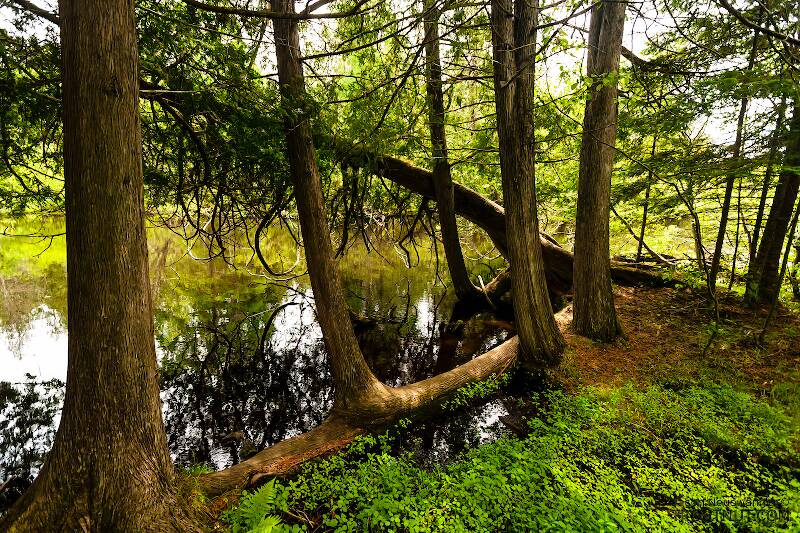
Blue-winged Olives
Baetis
Tiny Baetis mayflies are perhaps the most commonly encountered and imitated by anglers on all American trout streams due to their great abundance, widespread distribution, and trout-friendly emergence habits.


Mayfly Species Heptagenia marginalis
Species Range
Physical description
Most physical descriptions on Troutnut are direct or slightly edited quotes from the original scientific sources describing or updating the species, although there may be errors in copying them to this website. Such descriptions aren't always definitive, because species often turn out to be more variable than the original describers observed. In some cases, only a single specimen was described! However, they are useful starting points.
Male Spinner
Wing length: 10 mm
A large pale species, with prominent black markings on head, thorax and abdominal tergites; genitalia of the Heptagenia flavescens type (see fig. 94).
Frontal margin of head widely blackish, the entire median area of frons shaded with same color; a black streak below antenna on each side of carina; an oblique dark streak on each side from corner of frons to base of antenna. A blackish line on posterior margin of head and a black spot on each side of vertex near ocelli. Base of antenna white; filament blackish basally, tip white. Thorax yellowish white. Lateral margin of pronotum, and a prominent lateral streak on each side, black; a black streak above and behind the fore coxa; a black spot on each side above middle coxa, a third spot behind and above latter of these; blackish markings above hind coxa. A blackish transverse mark on each side of median area of mesonotum, anterior to scutellum, which is greyish on the lateral margin. Legs pale, according to original description; femora somewhat darker at tips, not in middle; basal joint of fore tarsus of male shorter than distal joint. Wings faintly darker on costal border, especially in the costo-apical area. Venation brown, no cross veins margined; humeral cross vein pale. About 6 costal cross veins before bulla, 20-22 beyond it.
Abdomen white; segments 1-7 semi-hyaline, 8-10 opaque yellowish. Each tergite with a narrow black posterior margin, often a narrow band of blackish shading anterior to it; broad black somewhat oblique streak on each side, between median line and pleural fold. A faint black mark at each spiracle, these marks connected by a dark hair line along the spiracular area. A narrow blackish streak along the mid-dorsal line, geminate on basal tergites. Sternites pale, unmarked; subanal plate of female rather darker. Genitalia pale, tips of forceps smoky; penes of flavescens type. Tails rather dark, pale smoky at base, becoming deeper smoky apically, joinings obscurely darker.
In specimens in the Cornell collection from Ft. Jackson, N. Y., and Sophia, N. C., the entire fore leg tends to be smoky brown; each femur has two conspicuous wide purplish bands, one near center and one subapical in position; tibiae brown at apex. First tarsal joint of male fore leg about 1/3 as long as second joint. The middle and hind legs of the North Carolina specimens also tend to be smoky brown on tibia and tarsus, femora yellowish. In the Ft. Jackson form, the middle and hind tibiae and tarsi are faintly marked with smoky. Since specimens from these localities agree in size and in other details with the original description, we are considering all to be of one species, with local variations in color.
Start a Discussion of Heptagenia marginalis
References
- Needham, James G., Jay R. Traver, and Yin-Chi Hsu. 1935. The Biology of Mayflies. Comstock Publishing Company, Inc.
Mayfly Species Heptagenia marginalis
Species Range
Resources
- NatureServe
- Integrated Taxonomic Information System
- Global Biodiversity Information Facility
- Described by Banks (1910)

